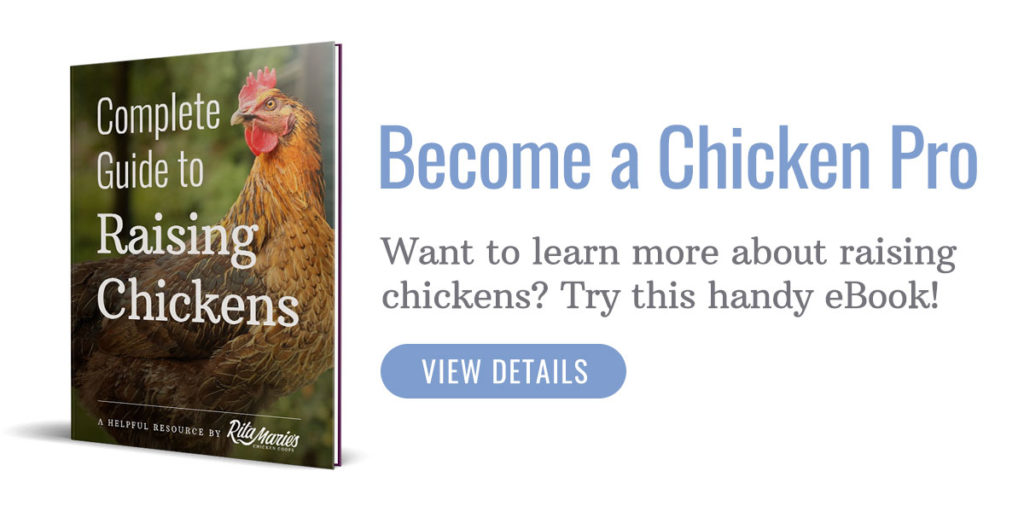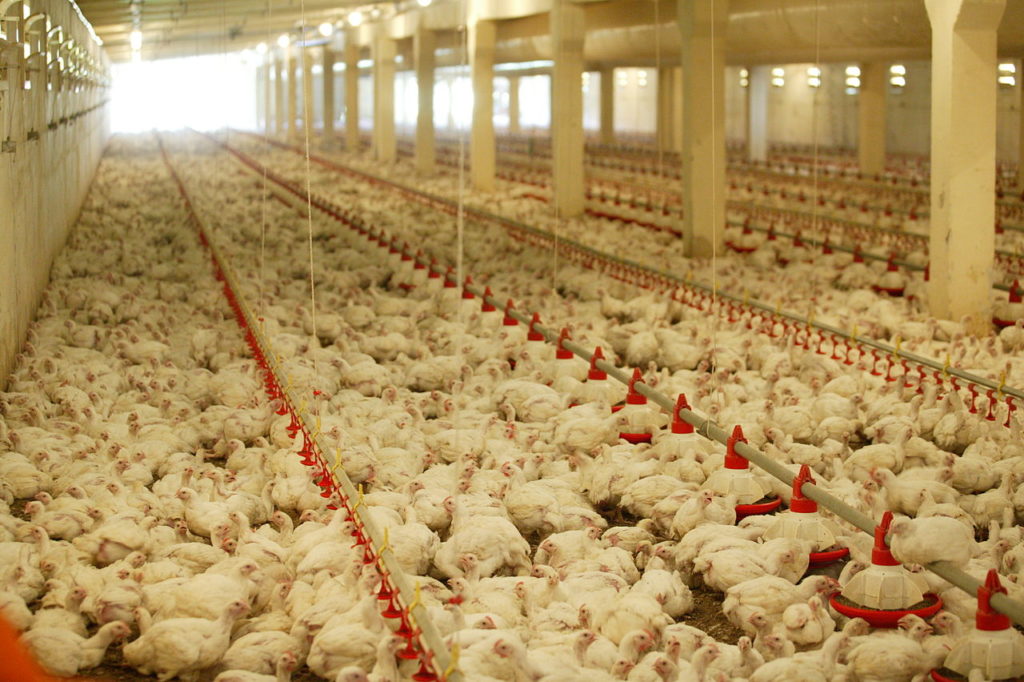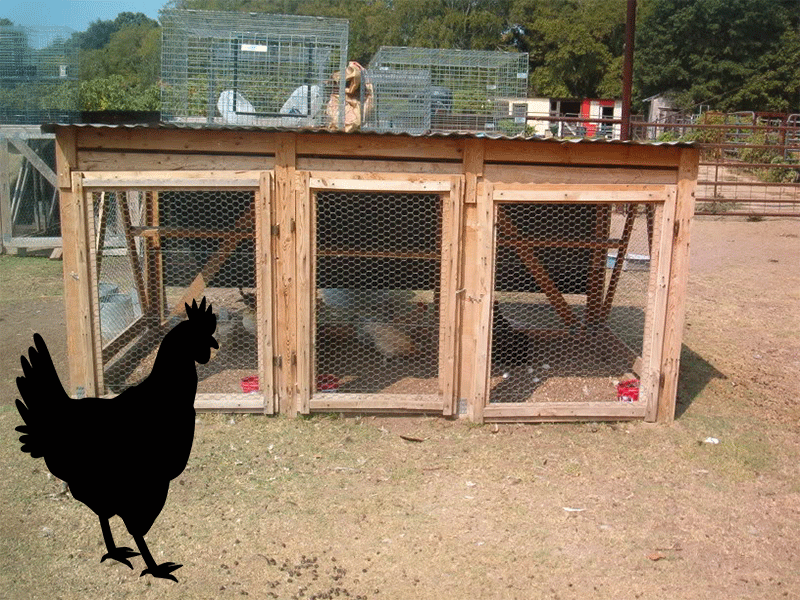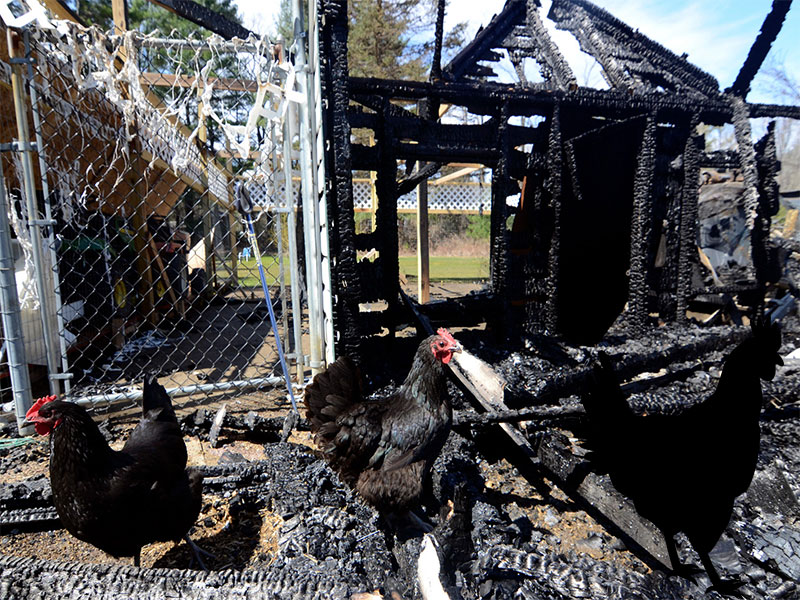It’s not uncommon for a flock of chickens to come down with an ailment or two, but some ailements can often be caused by fungal infections. Molds and certain type of yeasts are capable of infecting your chicken and can make them sick which means they will need to be treated accordingly to be brought back to health. In this article, we will be taking a look at the most common types of fungal infections found in poultry and how they are caused so you can help to reduce the risk of your flock becoming sick or at risk from fungal infections.
What is Candidiasis (What is “Thrush”)?
Candidiasis is caused by a yeast known as Candida albicans, and typically affects the vent, gizzard, crop, and mouth. Birds affected with candidiasis typically look gaunt, thin, and disheveled. The yeast organism is quick to take advantage of birds that are old, sick, or incredibly young. Dirty feeders and waterers are prone areas for this deadly yeast to grow. Thankfully, candidiasis isn’t contagious from bird to bird, but several chickens living in the same dirty environment can be affected at one time.
In order to prevent candidiasis always keep coops, waterers, and feeders clean and limit the use of antibiotics. More good news is that candidiasis is treatable and can be treated by:
- Separating affected chickens from the rest of your flock
If you are treating the sick birds with antibiotics, stop it. - Use a copper vinegar or sulfate solution in your bird’s drinking water.
- Offer a probiotic or yogurt. Clean waterers and feeders daily.
What is brooder pneumonia (known as Aspergillosis)?
Aspergillus mold grows in environments where chickens roam and will reproduce quickly in rotten wood or damp bedding materials. Adult chickens who are of good health won’t particularly be affected by a little bit of mold, but if the coop becomes incredibly damp and the environment is filled with mold spores, a rundown adult birds can become sick.
Aspergillus is capable of causing many different forms of aspergillosis, with the most common form of Aspergillus being a type of mold infection which is known as brooder pneumonia. Brooder pneumonia is a form of lung and air sac disease. Less common forms of the disease have also been known to affect eyes, bones, brain and skin of a chicken. If a chick or chicken is affected by brooder pneumonia, you will notice that they will lose their appetite, and may look drowsy or sleepy. Thankfully the disease doesn’t spread, but the mold is capable of infecting many birds at once. Sadly, there is no effective vaccination or treatment for brooder pneumonia. Keepers will need to prevent the disease by keeping the coop dry and mold-free by:
- Making sure the brooder box and area is frequently disinfected.
- Remove rotten wood or mold spots.
- Treat mold spots with a fungicidal disinfectant.
- Use clean feed, straw and hay.
- Clean feeders and waterers daily.
- Remove wet bedding quickly and replace it.
What is Ringworm (known as Favus)?
Ringworm, a type of fungal infection of the skin that both pets and humans can catch from one another. Chickens can prone to ringworm and are capable of infecting their keepers. If your chicken’s are infected with ringworm, you may notice crusty or scaly patches on their skin around the neck, head and comb area. Infected birds may also lose feathers. In order to correctly diagnose ringworm, a professional veterinarian will be required to collect a skin scraping. If you have a chicken that is diagnosed with favus, you will need to immediately isolate it from the rest of the flock which will help to prevent spreading the infection. When handling your chicken’s you will need to wear gloves and wash your hands thoroughly after handling any affected birds. Ringworm can be treated by a veterinarian, but there are also things you can do in order to help symptoms such as:
- Rub the affected area with athlete’s foot ointment daily.
- Swab the spots with 2 percent iodine solution from a pharmacy every other day.
- Ringworm fungus can be eliminated with the sunshine, so get your birds out of their dark shed and into the sunlight.





